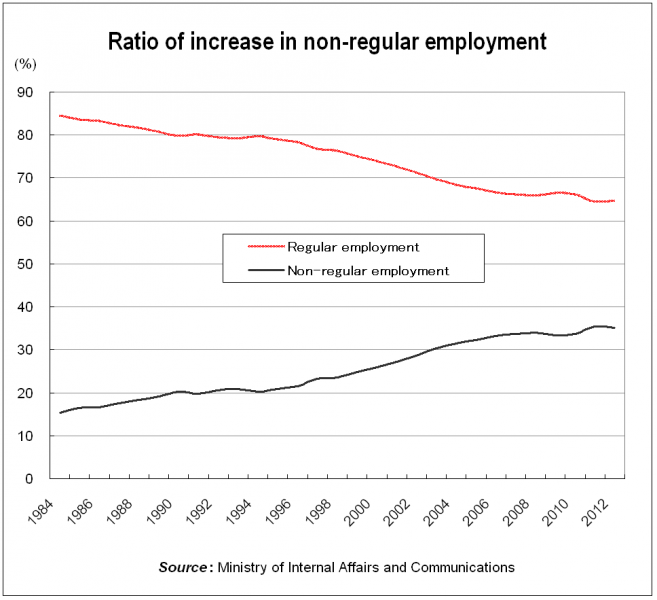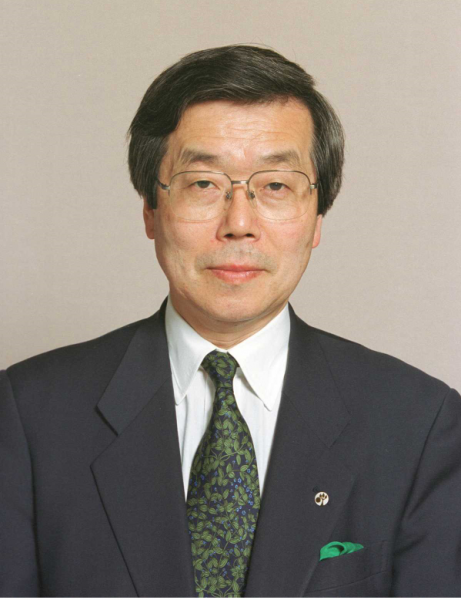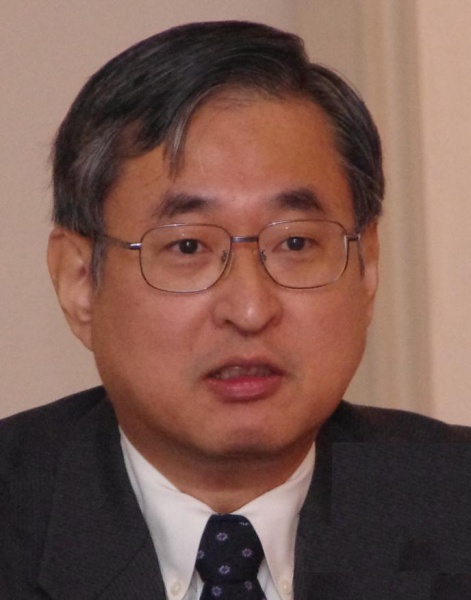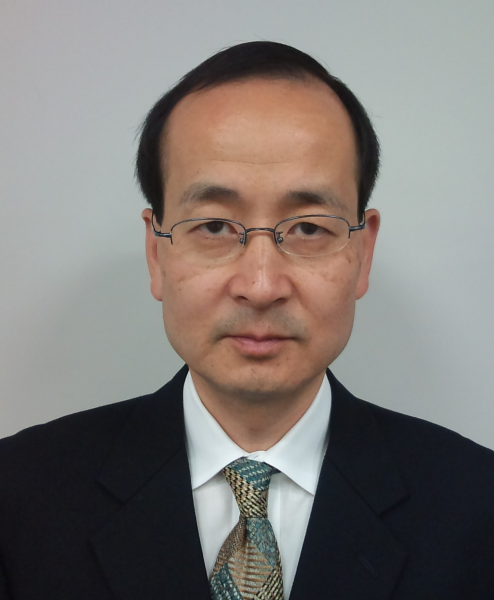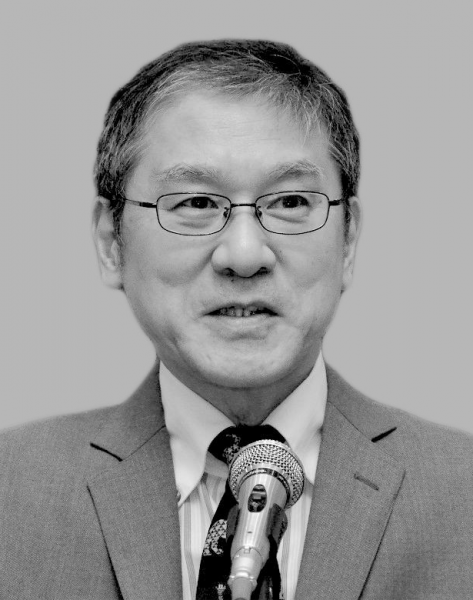Economics for winning: Be skeptical about commonly accepted viewsViewing something that is commonly accepted from a different angle will lead to discovery
| Q: Non-regular employment is rising rapidly. Is Japanese society all right? |
| A: Hinders growth, no rise in productivity for overall economy The rise in contract employees, casual staff and other non-regular employment not only lowers personal income; it also has a major impact on the economy as a whole. |
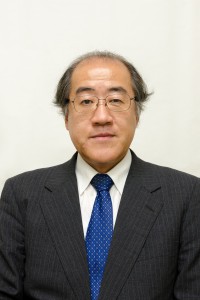
FUKAO Kyoji, Director General, Institute of Economic Research, Hitotsubashi University
The rise in non-regular employment not only increases the number of individuals with wages fixed at a low level and widens income disparity, but it also stand in the way of economic growth.
This is some empirical research that I participated in. When we compared contributions to production (degree of contribution) among regular employees and non-regular employees in the manufacturing industry, we found that productivity among non-regular employees was lower than the wage gap would suggest. In short, even though it is claimed that non-regular employees are generally hired and exploited for low wages, in fact, it is possible that corporations are paying non-regular employees wages above their productivity in order to hire workers that make it easy to shuffle personnel around.
It is generally thought that one of the reasons for the lack of improved productivity among non-regular employees is that fixed-term employment contracts do not allow them to accumulate skills. Compared to regular employees, there are few opportunities for education and training for non-regular employees at corporations. In Japan where the working population is decreasing, the main source of economic growth is improved productivity, but it is possible that corporations are obstructing economic growth by increasing non-regular employees and stagnating investment in human capital.
Some readers may be concerned that the employment environment will deteriorate if there is a surplus of people who raise productivity. The answer to this question varies depending on whether the so-called effective demand of Keynesian economics (the total demand for goods and services produced in a country determines the volume of production and employment of the country as a whole) is sufficient or not.
If productivity is raised when there is excess capital and labor, but insufficient effective demand, there is a risk of idle capital and decreased employment. In contrast, if there is sufficient effective demand, an expansion in the supply capacity due to a rise in productivity causes the economy to grow and raises incomes without any deterioration in the employment environment.
The GDP gap (supply and demand gap) is an indicator that measures the lack of effective demand. The GDP gap denotes the difference between actual real GDP and the potential real GDP when no production facilities, labor or technical capability are idle at corporations. In the case of insufficient demand, the GDP gap is negative.
Build up human capital
With the exception of a period prior to the bankruptcy of Lehman Brothers, the GDP gap has been negative in Japan since the economic bubble burst. In short, demand has continuously fallen short. It was minus 1.9% for the period from April to June in 2013. If, for argument’s sake, Abenomics succeeds and the GDP gap closes in the future, it will be necessary to increase Japan’s supply capacity in order for the economy to continue to grow beyond that point. Since the working-age population in Japan is decreasing, there is a limit to the labor force that is capable of input. The only way to raise the supply capacity is to either raise productivity, or to make capital investments to increase the capital stock.
To increase productivity in Japan, it will be necessary to increase investment in information and communication technologies (IT) in areas where the introduction of IT is lagging, primarily SMEs. It will probably also be necessary to improve the competitive edge of domestic locations by reducing corporate tax and pushing ahead with free trade by concluding free trade agreements (FTA) and the Trans-Pacific Partnership (TPP).
To revitalize the sluggish accumulation of human capital, it will be necessary to take measures to reduce non-regular employment. With the decreasing population, few corporations can expect growth, so it will be difficult to offer lifetime employment to the whole workforce. Reducing the unfair disparity between regular employment and part-time work, providing safety nets while simultaneously to some degree increasing the mobility of labor, improving the job card system, introducing reasonable assessments of the skills of workers who change jobs, and enhancing vocational education at universities and elsewhere would be advisable to improve the overall labor market and to reform education.
Translated from “Tsusetsu wo Utagae: ‘Keizaizentai no Seisansei ga nobizu, Seicyo wo Samatageru (Be skeptical about commonly accepted views: Hinders growth, no rise in productivity for overall economy),” Weekly Economist, October 29 2013, pp.32-33 (Courtesy of Mainichi Shimbunsha). [2013]
